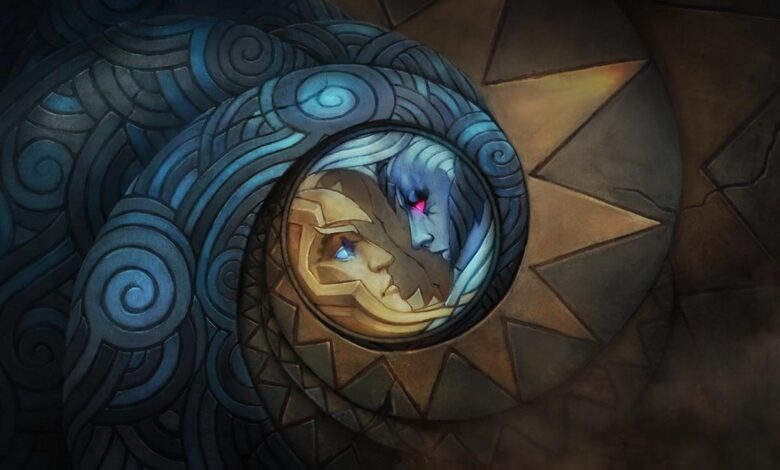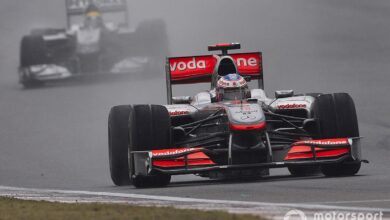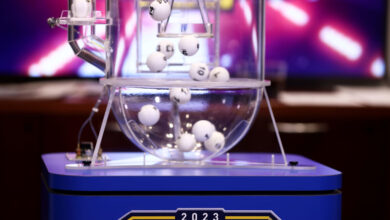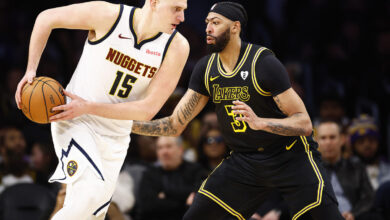Introducing Your Special Ones to Dota

Introducing people to Dota is very hard. Introducing people you care about to Dota is even harder. However, as someone with almost two decades of experience with the game and countless students throughout the years, there are some tips and tricks I’ve gathered along the way. Today I want to share those, so that the process of onboarding new players is just a little bit smoother for everyone.
Don’t take interfacing for granted
Dota is a very unique multiplayer game: unlike most popular competitive offerings on the market, the barrier for entry mechanics-wise is quite low. There is no micro if you don’t want to micro, so it is easier than RTS games. The precision required is far from what you need in FPS games. The reaction time requirements are not on the level required for Fighting games and even other Dota-likes on the market are typically a lot more execution, rather than strategy focused.
This is actually the reason Dota blew up back in the day: the first generation of Dota players considered it a game that is “easy to learn and hard to master”. Game design-wise, things didn’t really change all that much since then, but the average gamer certainly did. Even something as basic as being able to interface with mouse and keyboard is no longer a given: many younger players I’ve taught struggled switching from touch-inputs to MKB.
In such cases, my advice is being patient and allowing a player to progress at their own pace. Recommend some other games to play beforehand or in parallel, be it Diablo-style ARPGs or high-intensity Rhythm games like OSU.
Initial Dota-learning experience, even when playing against bots, can be frustrating and stumbling with the basics of control is doubly so. For primarily non-PC gamers some adjustment will be needed, so try not to scare them away.
Find your hook
Another great thing about Dota is how multifaceted it is. There is something for everyone in this game and at a casual, sub-Immortal level of play a player can get away with many inefficiencies in some aspects of the game, while getting satisfaction from self-expression in others.
There are players coming from other Dota-likes. Most of them are used to higher pace and snappier controls, so recommending them something like  Jakiro will be an immediate turn off. Ease them into why and how turn rates and cast points are necessary and balanced, by suggesting heroes who are skill-shot oriented.
Jakiro will be an immediate turn off. Ease them into why and how turn rates and cast points are necessary and balanced, by suggesting heroes who are skill-shot oriented.
Heroes who have straightforward and set builds are also a major plus: most other games in the Dota-like and ARPG genres are efficiency and execution, rather than strategy-based. So for players coming from them, it is better to get acquainted with Dota through something simple.
On the other hand, there is huge potential onboarding from turn-based RPG and even CCG/TCG players to Dota. There are many intricate and very fun mechanics to explore and toy with in Dota. If you are trying to introduce someone coming from these genres, go with heroes who have flexible item builds and who are mostly utility focused. A hero like  Vengeful Spirit is a favourite of mine to recommend, as she can build many different support items, execution-wise she is trivial and she also introduces players to both aggressive and save playstyles on a support.
Vengeful Spirit is a favourite of mine to recommend, as she can build many different support items, execution-wise she is trivial and she also introduces players to both aggressive and save playstyles on a support.
Highlight aspects of Dota that will click with your protege, be it the theorycrafting or outplay potential. It is entirely possible to have below average interfacing levels, but still excel at Dota to a certain point. It is also very much possible to rank up building the same items and playing the same hero over and over again, without bothering with strategy, tactics or meta — Dota is a game where mechanically outplaying your opponent is possible and satisfying.
Dealing with toxicity
Finally, there is the elephant in the room. One of the biggest reasons Dota can be a bit hard to get into is… us, the general Dota 2 community. A lot of good work has gone into making Dota friendlier over the years and it is certainly working for me, at a 12k behaviour score. For new players though, the experience can be very different.
They will be flamed for missing spells. They will be flamed for not paying attention to the minimap. They will be flamed for using voice chat, or for not using it enough, or for one of many other small things. Over the years, Dota got many layers of “common sense” that are not immediately apparent to new players.
The good thing is that catching up to it is quite easy: there are two decades of Dota game theory available across the web in many different forms, with a lot of it covered in our own Blog Posts. The bad thing is that typically, once a player gets over some of the initial hurdles of learning Dota, they feel like they’ve somehow earned the right to look down on absolute beginners. While being absolute beginners themselves and still being in the beginner pool of players.
I’ve tried many ways to help my students work through receiving toxicity. Almost as frequently I’ve tried to prevent some of my proteges from becoming toxic themselves in this environment. What I ended up with is a strict mute all rule for the first 100 games with real people. This may sound like a bit of a defeatist attitude and it might be, but it saves a lot of headache.
The only big downside to correct and guide through, is that when playing on mute all, players tend to concentrate on others’ mistakes far too much: with no regular pushback from teammates, they can quickly start feeling like they are completely faultless, while everyone is ruining their game. This attitude isn’t too bad, as long as they keep it to themselves, but it will stifle their growth tremendously. Gently nudge them towards analysing their own game first and foremost and you will not only speed up their improvement as a player, but will also save the general community from extra toxicity later on.
Closing thoughts
Introducing your friends, relatives or loved ones to Dota is tough. It is a very wide game that is equally deep and getting into it is a lot harder today than it was 20 years ago, when I started playing myself. Back then, nobody knew or thought about meta, lane compositions, item timings and countless other things that are internalised in most veteran players to a point, where it is instinctual.
As I said before, game design-wise Dota isn’t all that different from what we’ve played 20 years ago. There are talents, neutral items and now a bigger map, but for the most part the core principles are the same. Players just squeeze out a lot more out of them than they used to, sometimes even prompting global economy changes from Valve.
Getting into this as a new player is intimidating, but it is my firm belief that Dota is wide and deep enough to have something to hook every single type of gamer out there. It is just the learning process and the community can sometimes be unaccommodating.
This Valentine’s day do give it a try, though. Introduce someone special to you to this beautiful game. It is worth it.


